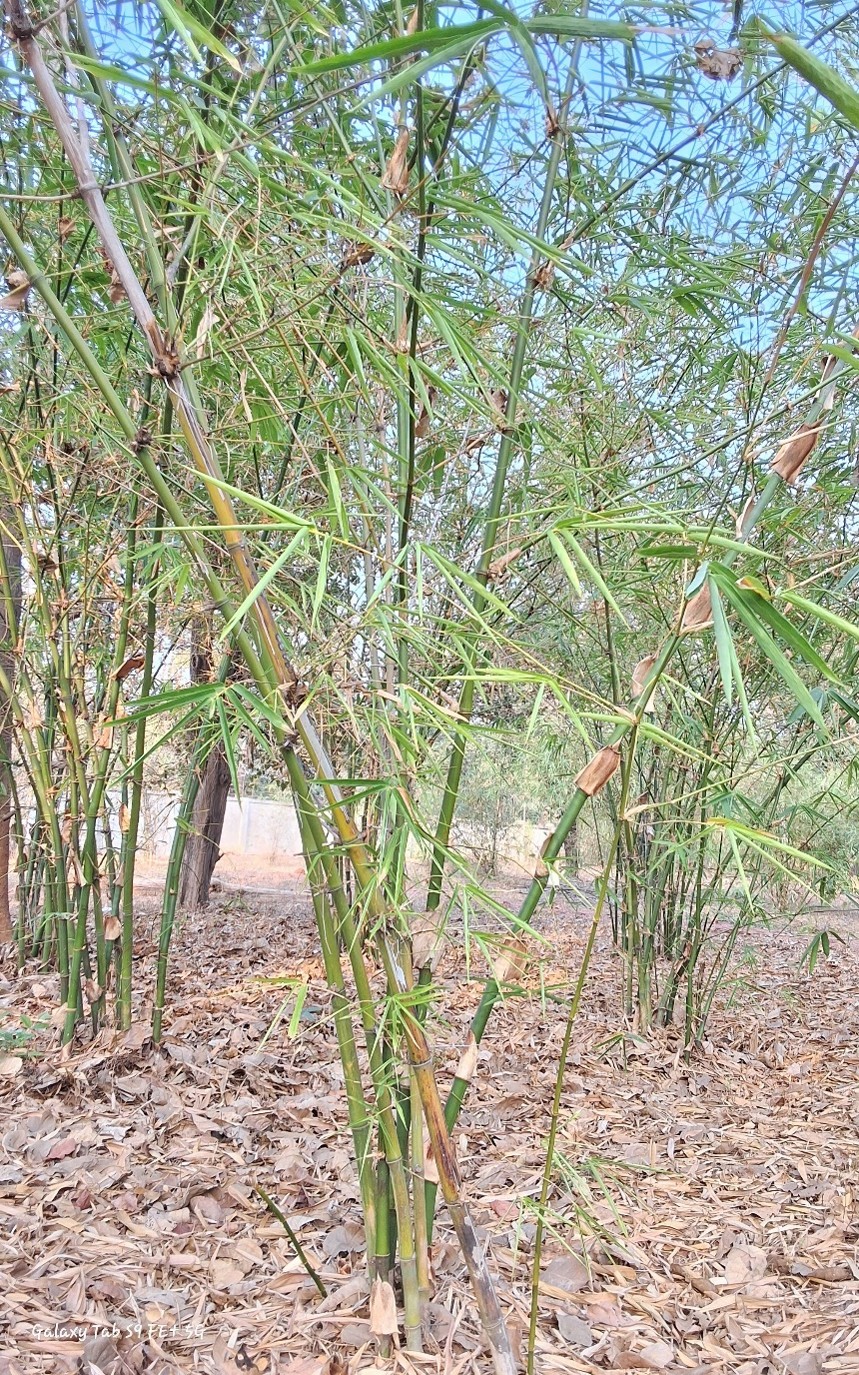Bambusa pallida

Bambusa pallida
Bambusa pallida, commonly referred to as Pale Bamboo, belongs to the family Poaceae, commonly known as the grass family. This species is native to regions spanning from Sikkim in India to Southwest Yunnan in China and extends to Peninsular Malaysia. It thrives in wet tropical biomes, particularly in areas with substantial rainfall and humid conditions. This bamboo species is well-suited to grow in altitudes ranging from 700 to 2,000 meters and prefers well-drained soils with a pH range of 5.5 to 7.5.
This clumping bamboo typically grows to a height of 13 to 20 meters, with culm diameters ranging from 2.5 to 3.5 centimeters. The culms are dark green when young and may develop a lighter hue as they mature. Internodes are smooth, measuring approximately 45 to 75 centimeters in length, with relatively thin walls. The culm sheaths are broad and straight, measuring about 20 to 30 centimeters in length, and are covered with appressed hairs. The sheaths lack auricles, and the sheath blades are triangular with an acuminate apex. The leaves are lanceolate, ranging from 10 to 20 centimeters in length and 1.2 to 2 centimeters in width, featuring a smooth texture and pointed tips.
Ecologically, Bambusa pallida plays a crucial role in stabilizing soil and preventing erosion, particularly in hilly terrains and riverbank areas. Its robust clumping growth habit and extensive root system bind the soil effectively, while its dense foliage enhances soil moisture retention. This species is moderately drought-tolerant but thrives best in areas with high humidity and rainfall.
The uses of Bambusa pallida are diverse and integral to local economies. Its strong yet flexible culms are widely utilized in construction for scaffolding, poles, and fencing. It is also valued for its utility in crafting furniture, baskets, screens, and wall hangings. Additionally, it is planted as an ornamental species in various regions due to its attractive appearance.
The flowering cycle of Bambusa pallida is not well-documented but is presumed to occur at long intervals, as with many bamboo species. Flowering is followed by seed production, after which the parent clump typically dies. This species is commonly propagated through vegetative means such as culm cuttings and rhizome divisions, and tissue culture methods are also employed for large-scale propagation.
Bambusa pallida is a versatile species offering ecological benefits, such as soil conservation, and economic value through its wide range of applications in construction, crafts, and ornamental horticulture. Its adaptability and utility make it a valuable resource in tropical and subtropical regions.
Listen Audio:
Need assistance? BRTC Faculty